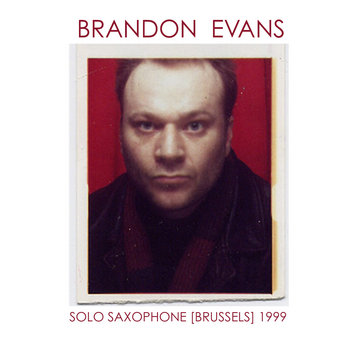Tesla Coils
Blaise Siwula - Soprano, Alto, Tenor Saxophones
Harvey Valdes - Electric Guitar
Gian Luigi Diana - Laptop/Real-time Sampling , Sound Manipulation
Harvey Valdes - Electric Guitar
Gian Luigi Diana - Laptop/Real-time Sampling , Sound Manipulation
This is the final installation in my four-part series on new Italian jazz from Stefano Giust’s Setola Di Maiale label. Previous reviews can be found here, here and here.
Tesla Coils is a trio exploring “real-time electronic orchestration.” My experience with records featuring real-time sampling/signal processing is mixed. At times I think it works really well, such as on Evan Parker & his Electro-Acoustic Ensemble’s The Moment’s Energy, and at times it’s used in an overly harsh way, putting a heavy layer on top of the music. Tesla Coils is one of the best examples of this type of digital manipulation that I’ve yet heard. The sampling adds to the dialogue and never seems arbitrary or random.
Valdes has a spikey approach to his guitar that at certain points reminded me of Mary Halvorson, but he also mixes in other tactics including a crunching, metal-influenced component. He’s a good listener too.
When I first encountered this CD my thought was, “Oh yeah Blaise Siwula, I see his name around, I’ve heard him on a couple of things.” At the end of the first track I was thinking, “Wow, I had no idea this guy was such a great soprano sax player!” And as it turns out, he’s not too shabby on alto or tenor either.
Siwula plays his reeds “straight” for the most part, with a full tone on soprano and an at times luxurious, almost Hodges-ian tone on alto. Unlike a lot of these types of records, things never get to the point where you can’t tell who’s playing what, and that’s actually refreshing. The tension between the jazz-influenced saxophone and the edgy contributions from the other two musicians ends up being fertile ground to explore.
This is my sleeper album of the year so far; don’t sleep on it.
Here's a 32+ minute clip of a Brooklyn concert from December, 2013:










